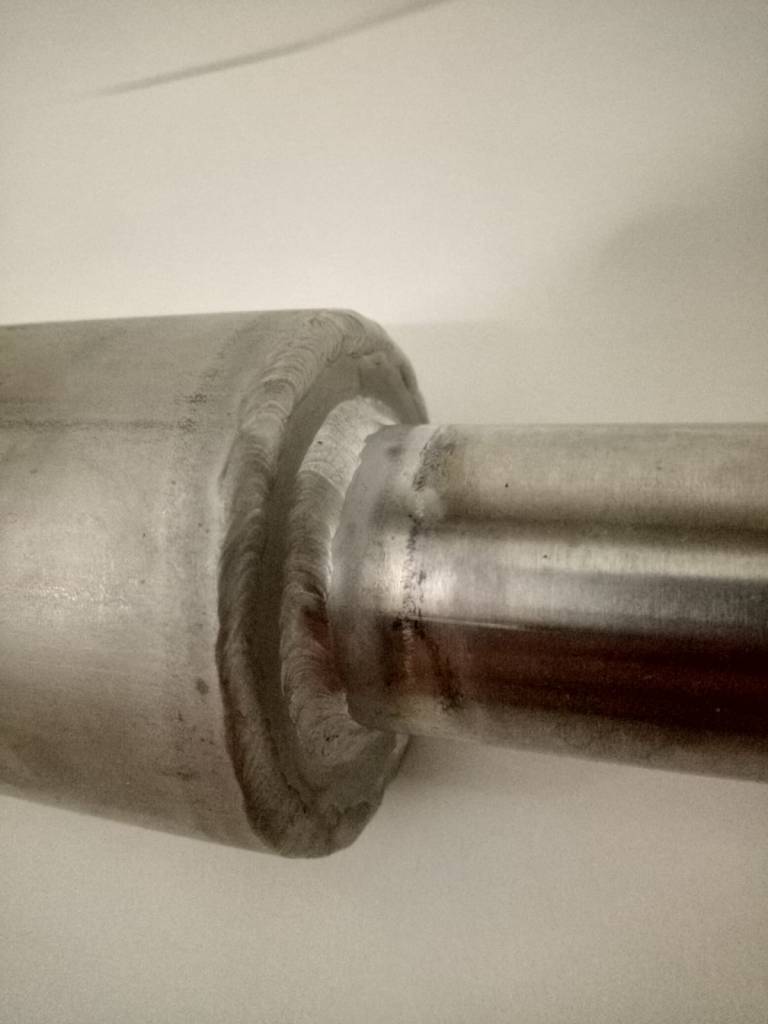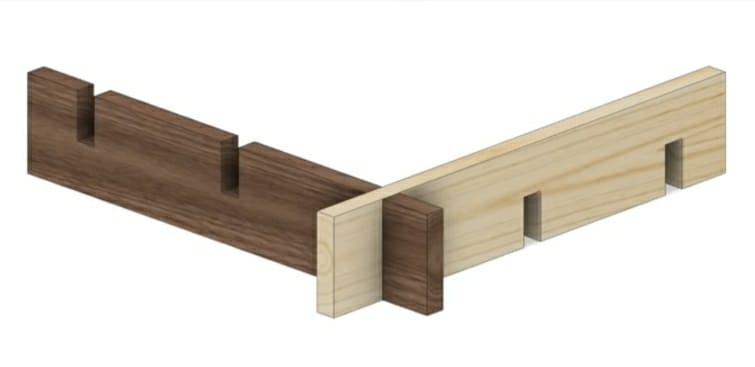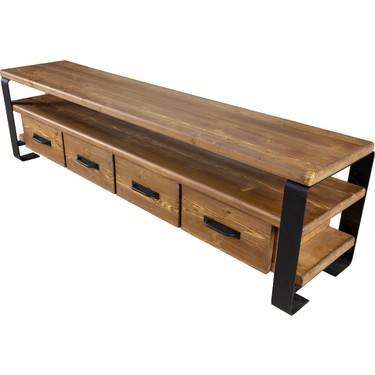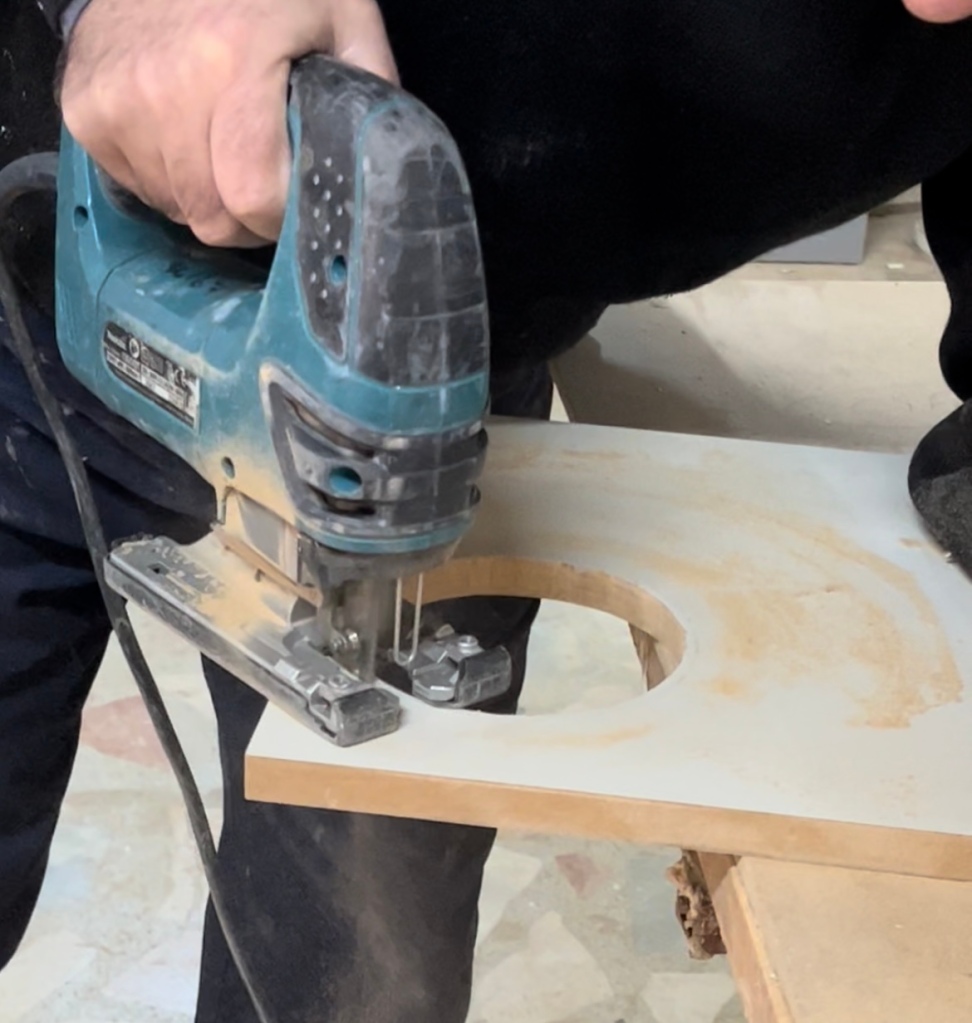
ASSIGNMENT 11 : MANUFACTURING EXPERIENCES









A local lighting dealer was visited to obtain information about the assembly and procurement process of the product.

In this video, there is an illustration explaining the application of the half lap technique, followed by a live workshop video. This technique is one of the basic wood piecing techniques. Before applying the technique, the edges of the material are smoothed to make it suitable for processing. Then pieces of the required length for the process were cut. Afterwards, necessary calculations were made in order to apply the technique, and the pieces that would fit together were cut. At the end of the process, we see a successful application of the half lap technique.
Also known as ‘gut’ in Turkish, this method is used to join wooden corners. It is quite robust and is used frequently.
Solid wood is a type of wood obtained directly from its raw state after cutting the tree. It is a completely natural material that is not subjected to such processes as coating, filling, gluing. Each type of solid wood can have different properties depending on the color, texture and pattern of the tree.
General Features
(+) Durable and recyclable
(+) It does not contain chemicals, is environmentally friendly.
(-) Since it is produced by hand workmanship, its cost is higher than alternative materials.
(+) It helps the air circulation in the environment where it is located.
(-) It is easy to be thinned, sanded. This ensures its use for a long time.
(+) Since it does not contain chemicals, it should be cared for against heat and humidity.
It is a frequently preferred material in the furniture industry due to its high quality and long service life. It is a material that will complement the decoration, especially for those who want to keep the naturalness in the foreground.
Manufacturing Techniques
The raw timber is kept in drying ovens and the humidity is reduced to 6% -8%. Then these timbers are cut to the desired extent and made suitable for the product to be used.
Usage Areas



Ring Wood Production
https://drive.google.com/file/d/1qz324NAOqA-mn8tX7TX_hfJoVknpLSnK/view?usp=drivesdk

First of all, a wooden stick is nailed to the wood surface with the help of a nail and after determining the radius I want from this center, a circle shape is reached by rotating the stick.

The circle is cut with a wood cutter (jig saw).

The cut ring piece is first sanded on a stationary sanding machine.

Then it is passed over it again with a portable sander. Finally, it is passed over with paper sandpaper.

Cotton is a plant species from the mallow family, whose homeland is India. The cotton plant consists of roots, stems, leaves, flowers and seeds. 60-120 cm depending on the species and variety, and 5-6 m in tree form. can be grown.
Cotton, a natural fiber, is among the healthiest fabrics. Cotton fabric, which is renewable and degradable, is both durable and comfortable.cotton fabrics keep you cooler. Cotton fabric, which has a versatile and natural comfort, is also frequently used in clothing and home textiles.
It has a wide usage area in the chemical industry, oil industry and artificial textile materials. This is because it is a pure source of cellulose. It is also used for treatment as combed hydrophilic cotton.
There are many points to be considered while producing cotton. Special cultivation notes for cotton production, which requires intensive labor because it requires irrigation and is very difficult to process, are listed as follows:
When growing cotton, it is absolutely necessary to apply rotation. It is recommended to pay attention to points such as winter precipitation and soil leveling while performing the October rotation. The most preferred plants in October rotation; legumes, potatoes, cereals, peanuts, corn, paddy and forage crops.
It is considered necessary to prepare the soil before cotton planting. First, the soil is turned upside down by ploughing at a depth of 25-30 cm. Deep release ensures the destruction of wild roots. In addition, the soil aerates and mixes to create organic matter. This process It also increases porosity and water holding capacity. Thus, the soil gains a more fertile form.
After the cotton harvest, cotton crops have to be cut into small pieces with straw cutters. However, the cultivation area is plowed at a depth of 25-30 cm.
Setting the planting time correctly is also considered important for cotton production. Sowing time is foreseen considering the temperature of well prepared, normally annealed soil. If the temperature of the soil reaches 15 degrees at 8 am and the same conditions continue within 4-5 days, it is considered that the planting time has come. Although these conditions vary according to the climate characteristics of the year, it indicates the average between 20 April and 15 May every year.
When all conditions are suitable, planting is started with seedlings or in sequence.
Row spacing is 60 – 80 cm. If the maintenance and hoeing will be done with the machine, the interval is 65-70 cm, If it is to be performed with an animal, it is adjusted 50-60 cm.
On average 5-6 kilograms of seeds are planted per decare.
Cotton seeds are not planted deeply. The ideal planting depth is known as 4-5 cm. Seeds planted too deeply become more difficult to germinate. If the soil structure is very light, partially deeper planting may be preferred. It is strongly recommended not to plant deeply when the soil form is heavy.
Banana stem, pineapple and coconut instead of cotton.



